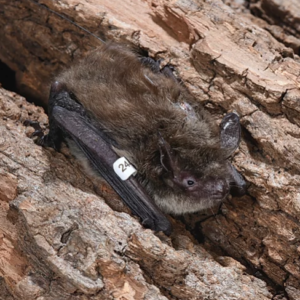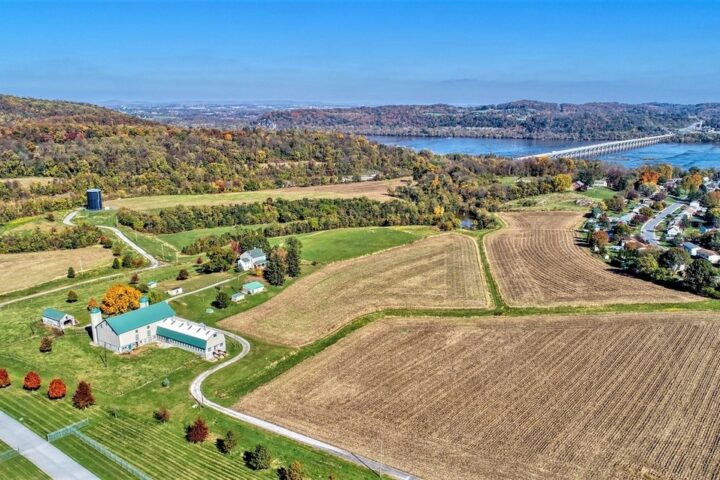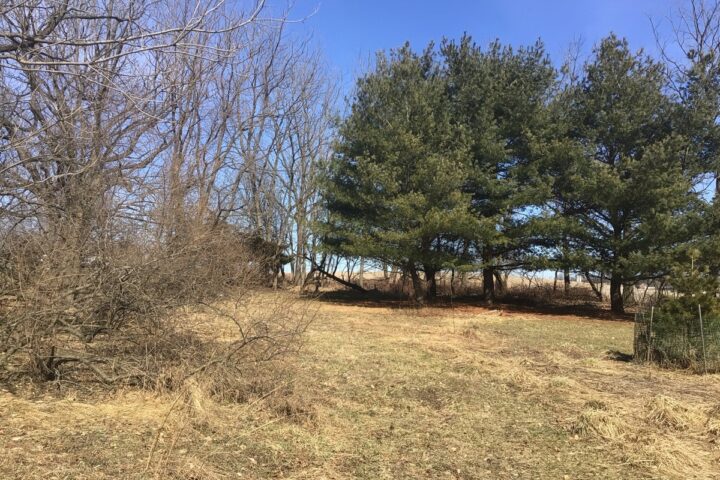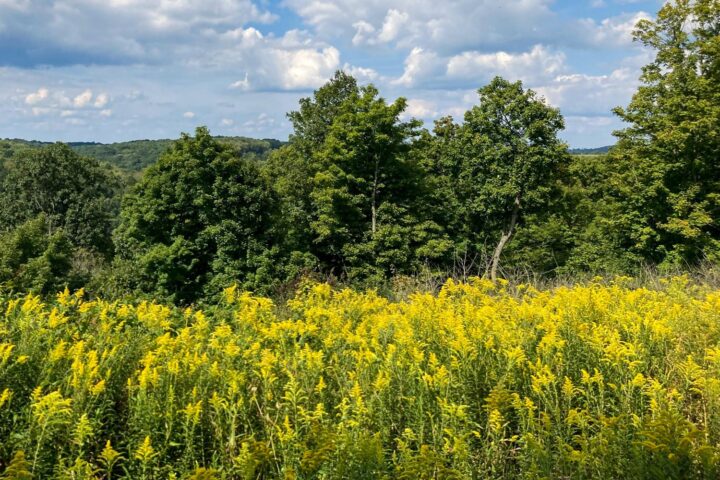 ClearWater Conservancy, with approval by the U.S. Fish and Wildlife Service, announced in March 2020 the finalization of a permanent conservation easement along the Frankstown Branch of the Juniata River. Located immediately across the river from Canoe Creek State Park, and along the Lower Trail, the 214.63 acre conservation project is one of the first of its kind on the east coast specifically focused on comprehensive, landscape-scale conservation of habitat for the federally endangered Indiana bat (Myotis sodalis) and the federally threatened northern long-eared bat (Myotis septentrionalis).
ClearWater Conservancy, with approval by the U.S. Fish and Wildlife Service, announced in March 2020 the finalization of a permanent conservation easement along the Frankstown Branch of the Juniata River. Located immediately across the river from Canoe Creek State Park, and along the Lower Trail, the 214.63 acre conservation project is one of the first of its kind on the east coast specifically focused on comprehensive, landscape-scale conservation of habitat for the federally endangered Indiana bat (Myotis sodalis) and the federally threatened northern long-eared bat (Myotis septentrionalis).
The U.S. Fish and Wildlife Service defines conservation banks as permanently protected lands that preserve and manage habitat for species that are endangered, threatened, or at risk. These conserved and permanently managed lands are considered vital to species protection and recovery. Conservation banks provide project proponents with a centralized option to offset impacts to bats from projects around the State. The Service approves a specified number of habitat or species credits that bank owners may sell, and project proponents have the option of purchasing these credits for mitigation.
“Conservation banks provide an opportunity to focus conservation efforts in the most ecologically significant areas to a species. This conservation bank provides permanent protection to some of the highest-quality, bat maternity, swarming and foraging habitat in the state, while making available offsets for statewide project impacts to federally listed bats ,” said Pamela Shellenberger of the U.S. Fish and
Wildlife Service Pennsylvania Field Office.
The site contains over 214 acres of mature forest habitat and sits adjacent to PA Game Lands #147, a protected area containing over 6,000 acres of forest. The site is also located near Canoe Creek State Park–an area of high ecological importance to Indiana and northern long-eared bats providing high quality forested habitat for summer maternity colonies and occurring in close proximity to known bat hibernacula. This conservation bank site is of critical importance to the region’s bat population.




